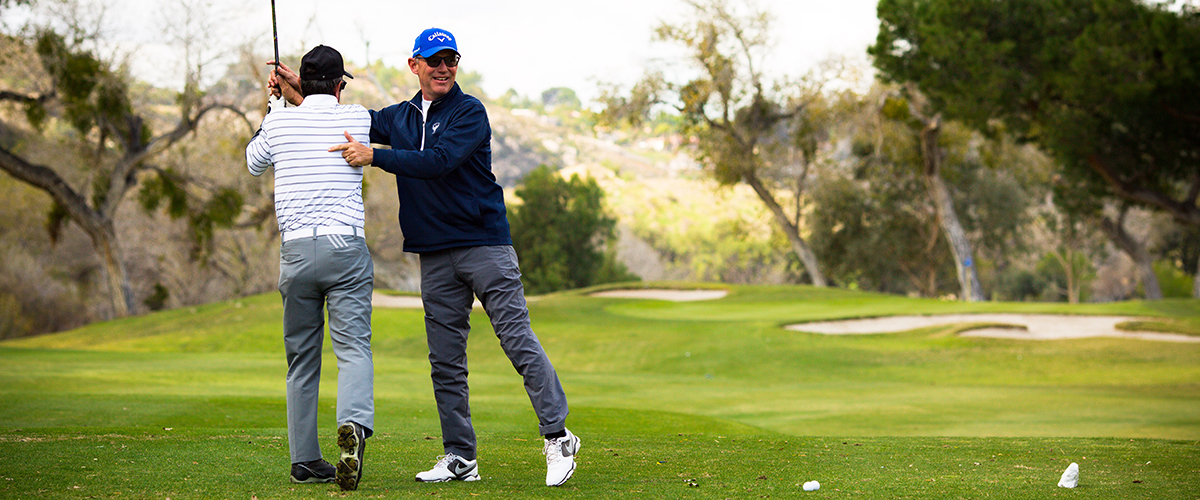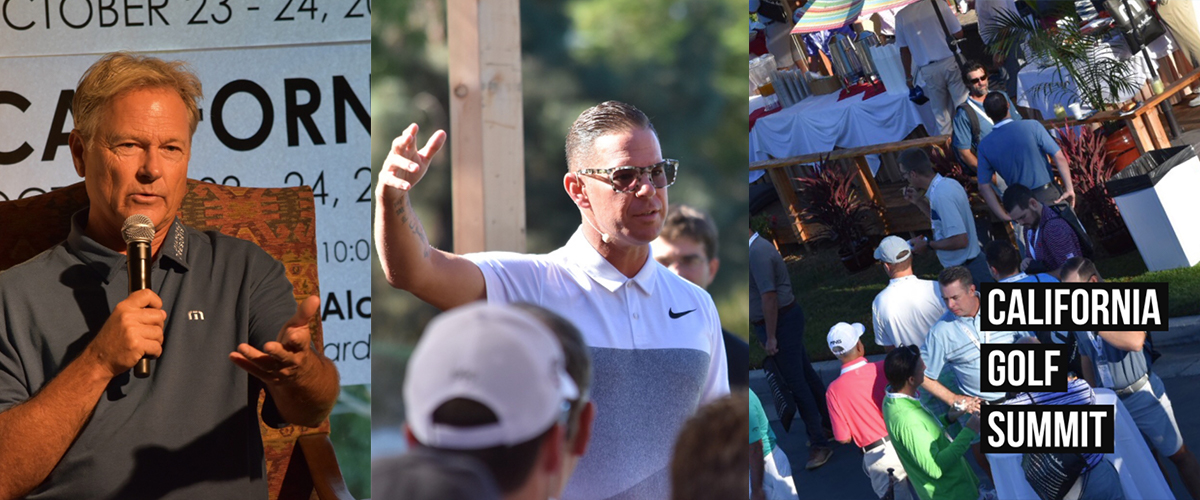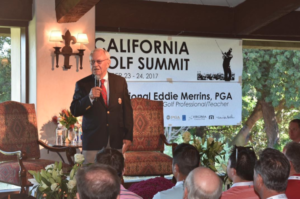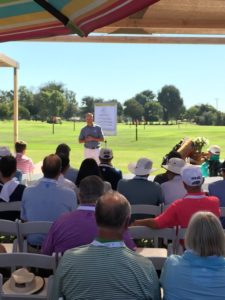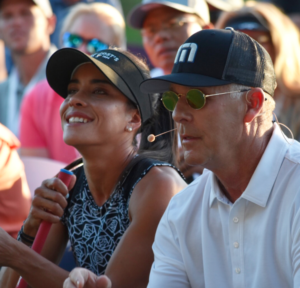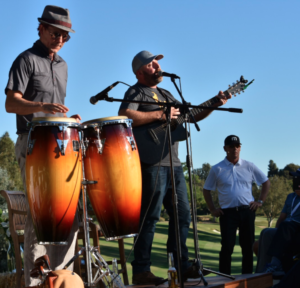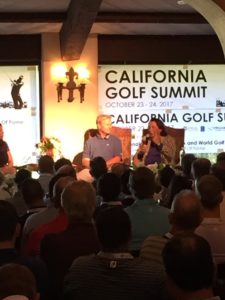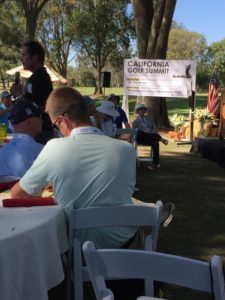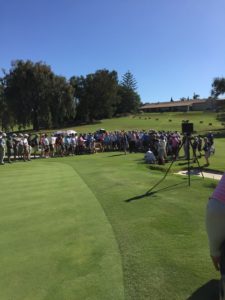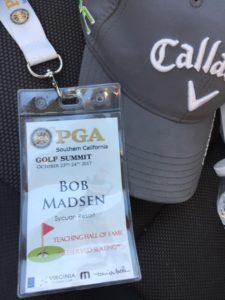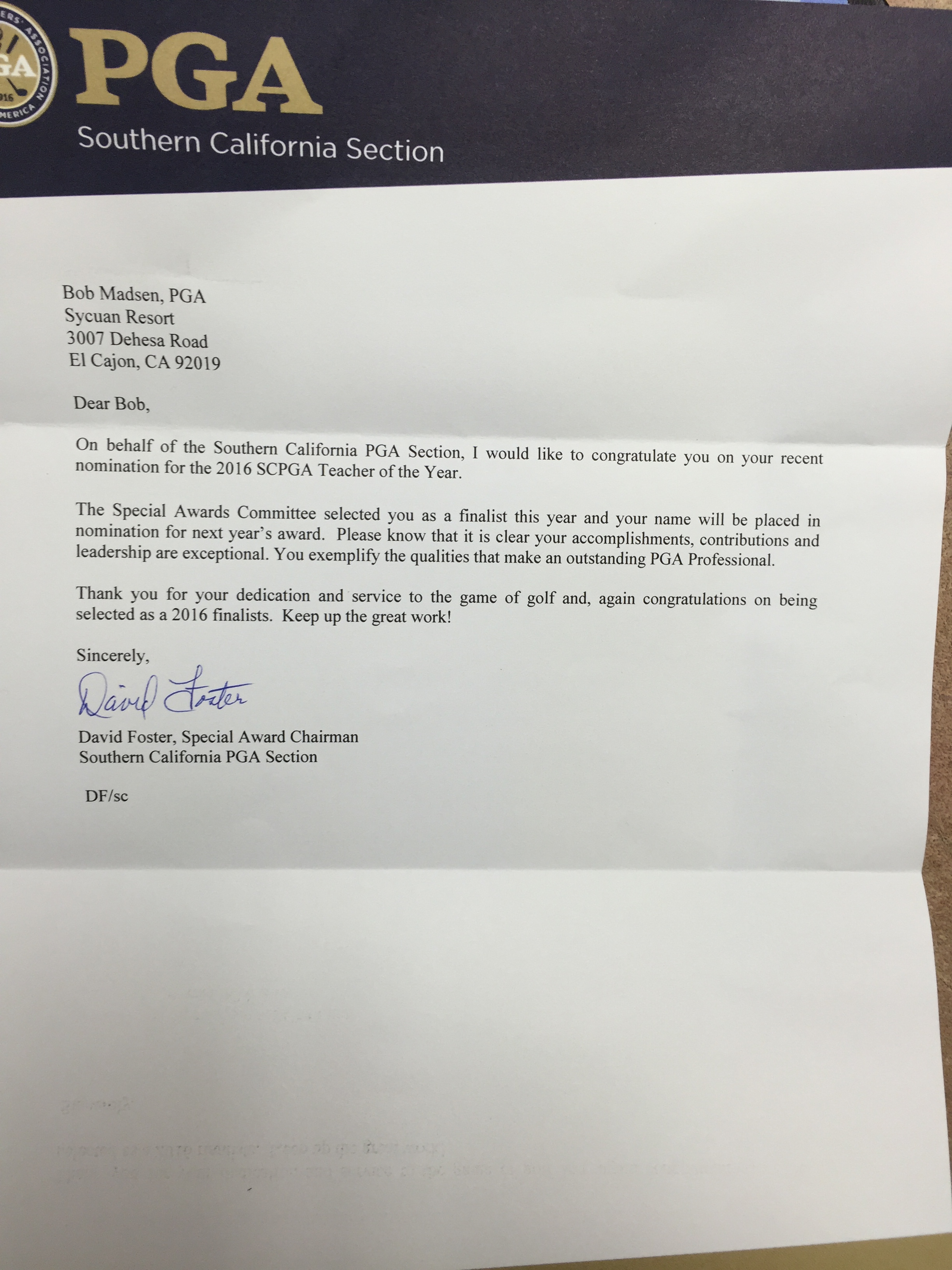Different Strokes: Meet Some Of The Top Golf Instructors In SoCal
by Jonathan Coe
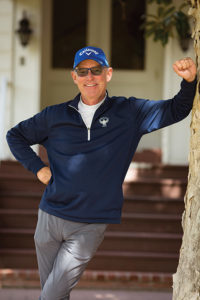 Bob Madsen
Bob Madsen
Sycuan
As Director of Instruction at Sycuan Golf Resort since 1991, Bob Madsen has been on a crusade during the thousands of hours he’s worked with students to free their minds of the clutter that he sees afflicting so much golf instruction.
Rather than devote all his time working on swing plane or shoulder turn or forward presses, he uses games, drills and exercises in his lessons — the vast majority of which are on the 54 holes at Sycuan rather than the range — to help his students reach the goals they’ve established together.
Of course, when a swing is so flawed it stunts progress, that gets Madsen’s attention. But much of his energy is spent clearing his students’ minds of the things that are preventing them from playing freely and creatively.
“I probably do less swing analysis and overhaul than any other teacher in Southern California,” said Madsen, the SCPGA Teacher of the Year for 2017. “When people come to me, they’re going to get a golf lesson rather than a swing lesson.”
Not long ago, a dentist who was shooting in the 80s retired and began earnestly trying to improve. He worked with a couple of instructors who gave him so much mechanical information that he couldn’t break 90 and considered quitting. He’s now working with Madsen. In their initial discussion, Madsen said, “I pulled 21 swing thoughts out of him that he had been working on. We’re stripping that stuff away.”
